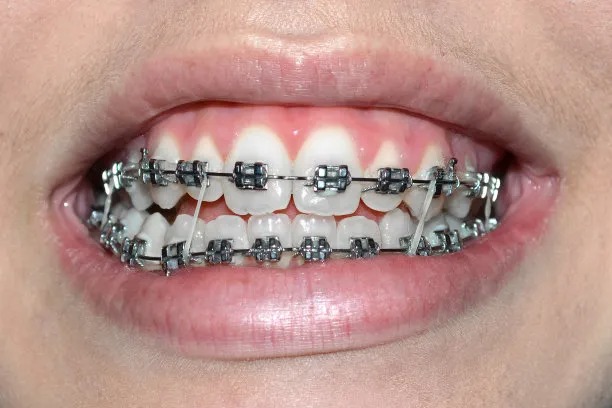Exploring the Benefits and Process of Dental Implant Treatment for a Beautiful and Functional Smile
Summary: Dental implants are a revolutionary solution for those seeking a beautiful and functional smile. This article delves into the multiple benefits of dental implant treatment, such as improved aesthetics, enhanced comfort, and greater durability. We will also explore the step-by-step process involved in receiving dental implants, including consultation, placement, and recovery. By understanding both the advantages and the procedure, individuals can make informed decisions about their dental health and achieve the smile they have always desired.
1. Understanding the Benefits of Dental Implants

Dental implants offer a range of benefits that can significantly enhance both the aesthetics and functionality of an individuals smile. First and foremost, they provide a natural appearance that mimics the look of real teeth. With advancements in dentistry, implants are designed to seamlessly blend with existing teeth, offering a beautiful smile that boosts self-confidence.
In terms of functionality, dental implants restore the ability to chew properly and speak clearly. Unlike dentures, which may slip or cause discomfort, implants are securely anchored in the jawbone, allowing for normal eating and talking without worry. This stability is particularly beneficial for those who lead active lifestyles.
Furthermore, implants help maintain jawbone health. When teeth are missing, the jawbone can begin to deteriorate over time, leading to changes in facial structure. Dental implants stimulate the jawbone, preventing bone loss and helping to preserve the natural contour of the face.
2. Exploring the Step-by-Step Process
The journey toward dental implants begins with an initial consultation with a dental professional. During this appointment, the dentist will assess the patients oral health, discuss treatment options, and determine if the individual is a suitable candidate for implants. This thorough evaluation may include X-rays and impressions of the mouth.
Once the patient is deemed an appropriate candidate, the next step involves the surgical placement of the dental implant. This procedure typically occurs in an outpatient setting and may require local anesthesia for comfort. The dentist inserts the titanium implant into the jawbone, where it will eventually fuse with the bone through a process known as osseointegration.
After the implant is placed, a healing period of several months is necessary to ensure that the implant integrates fully with the jawbone. During this period, temporary restorations may be provided, allowing the patient to maintain their smile while recovery takes place. Once healed, an abutment is placed on the implant, and a custom-made crown is created to complete the restorative process.
3. Considerations for a Successful Outcome
For dental implants to be successful, several considerations must be taken into account. One of the critical factors is the patients overall health. Individuals with certain medical conditions, such as uncontrolled diabetes or osteoporosis, may face challenges in implant placement. Therefore, it is essential for patients to communicate their health history with the dentist.
Another factor influencing success is oral hygiene. Patients must commit to maintaining proper dental care, including regular brushing, flossing, and dental check-ups, to ensure the longevity of their implants. Healthy gums and a well-maintained mouth are crucial for preventing infections that could jeopardize the implants.
Lastly, the skill and experience of the dental professional play a vital role in the success of the procedure. Selecting a qualified and experienced dentist who specializes in implant dentistry can significantly impact the outcome. A knowledgeable professional can provide tailored treatment plans and ensure that all steps of the procedure are executed with precision.
4. Overcoming Myths and Misconceptions
Despite their benefits, misconceptions about dental implants can deter individuals from pursuing treatment. One common myth is that implants are excessively painful to receive. In reality, the surgical procedure is often less painful than tooth extraction due to anesthesia and advanced surgical techniques.
Another myth surrounds the longevity of implants. Some individuals believe that dental implants will need to be replaced frequently, but with proper care, they can last a lifetime. Unlike traditional dentures, which may require replacements or adjustments, implants provide a long-term solution for missing teeth.
Lastly, the belief that dental implants are only suitable for older adults needs to be reconsidered. Individuals of all ages can qualify for implants, provided they have sufficient jawbone density and good oral health. Young adults who have lost teeth due to accidents or other reasons can benefit significantly from implants.
Summary:
In conclusion, dental implants are a transformative option for individuals seeking a beautiful and functional smile. The advantages range from aesthetic improvements to enhanced oral function and jaw health. Understanding the step-by-step process, along with the factors influencing successful outcomes, can empower individuals to make informed decisions about their dental health. Debunking common myths can further encourage those hesitant about the procedure to embrace the opportunity for a lasting smile.
This article is compiled by Vickong Dental and the content is for reference only.



